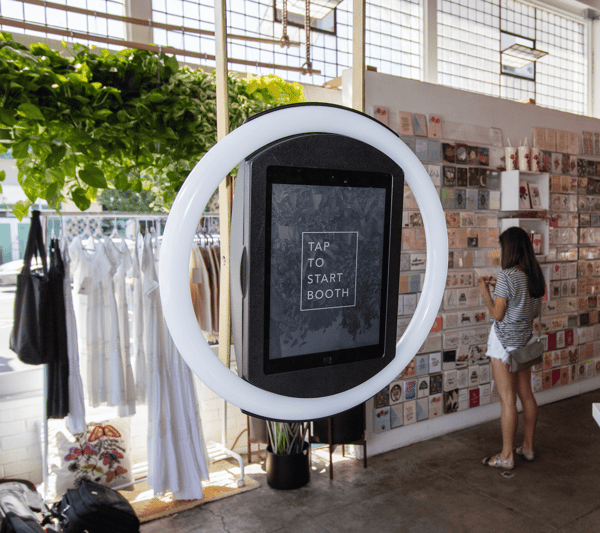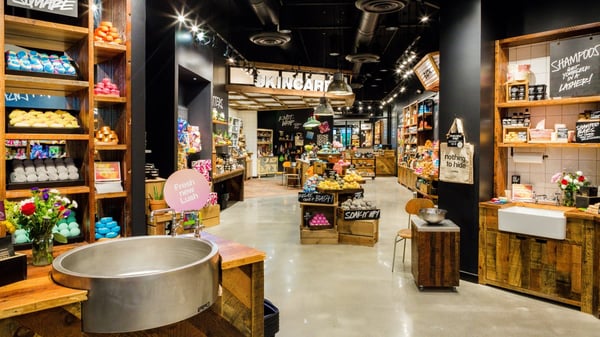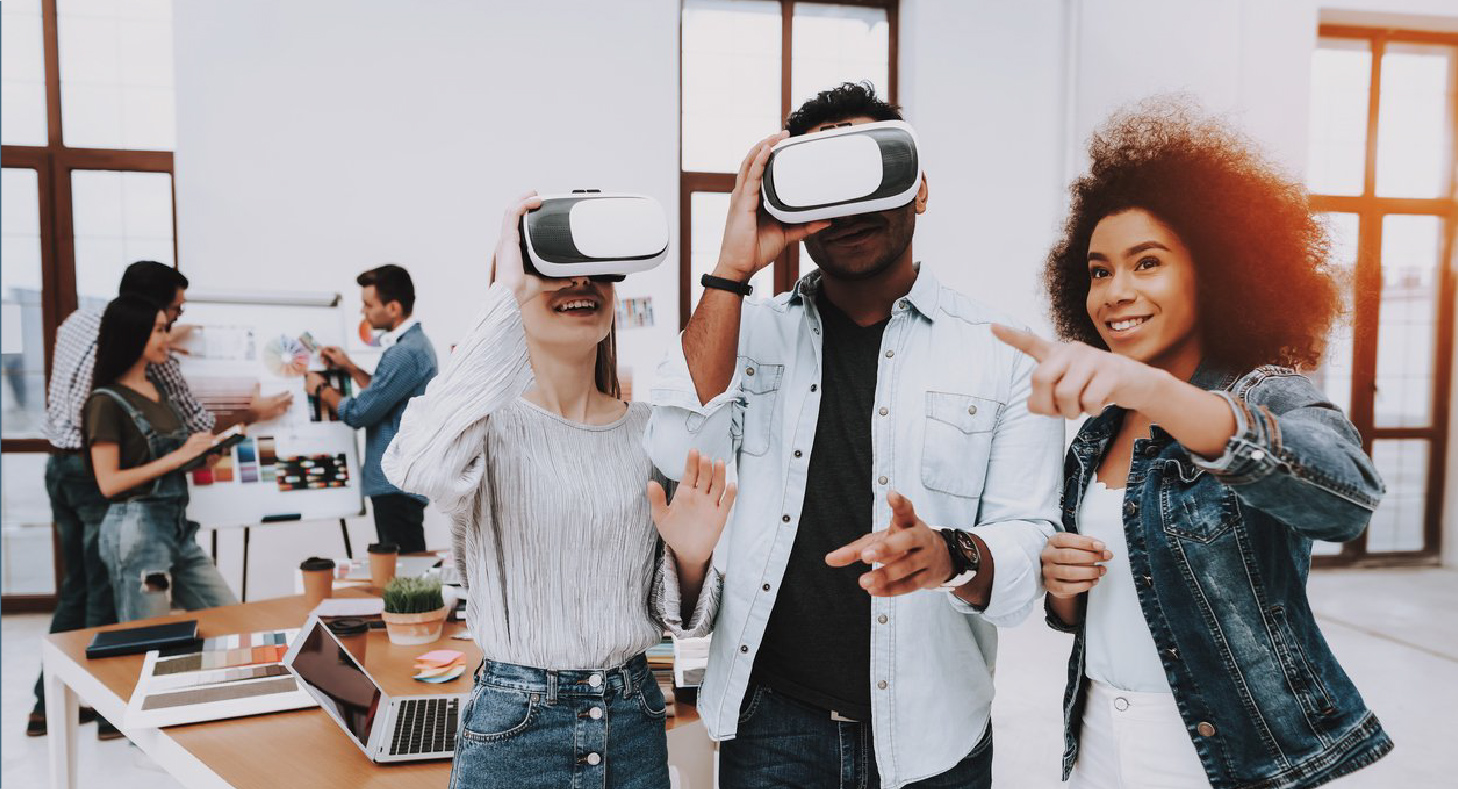The retail environment is changing. What was once a place to simply buy and sell stuff, is now an aspirational space to experience new things. With online shopping as a very real (and permanent) competitor, brick-and-mortar stores have needed to pivot in order to offer customer’s something unique along their customer journey. This evolution has come in the form of enhancing the customer’s experience in ways that can’t easily be replicated online. So here are a few key characteristics of experiential retail:
Shareable and immersive experiences
User-generated content is an extremely cost-effective way to engage with your target market. A clever store design is one that creates a space that entices (but never begs) customers to take photos of themselves in store and then comment, review and share these images with their followers. A great way to encourage this is to provide organic photo opportunities that entice customers to photograph themselves. This can be as simple as fitting out an interesting corner and pairing it with a Hashtag sign, or building a scene that lends itself to a great photo-op.

The priority is engagement, not sales
As strange as it sounds, experiential retail’s focus is not on sales, but rather on engagement. The focus here is to create an on-brand experience from the second the customer walks in-store. Think about the Millennial market for example: They spend all their days online, yet are still happy to wait in line for store access when something exciting is waiting for them instore. In these cases, they aren’t there just to buy, but rather to engage.
Sensory stimulation
Online stores are 2 Dimensional. But brick-and-mortar stores are 3 Dimensional and can actively engage the five senses in unique and important ways. This unconsciously forges an emotional connection with customers, offering a very personal shopping excursion. One way to implement this is with fragrant product lines, as seen in Lush stores who invite customers to touch, feel, smell and sample their fragrant products.

Go beyond expectations
We have all shopped in stores for the longest time. Meaning that we as customers, know exactly what to expect when we get there. But what if you could surprise customers, and get them talking? Perhaps you don’t use traditional till points and layouts. Perhaps there are interactive store fittings that marry tech and store. Perhaps you introduce in-store engagements like mini-events, talks or autograph signings. Of course it’s always important that these feel like a natural brand extension, otherwise it may come across as contrived.
The bottom line
When carefully considered, experiential retail can make all the difference to a brand’s success. By taking the emphasis off sales and shifting it onto customer experience, new connections are forged. Enticing your customer to go beyond product and really relate to your brand. Thereby building community and loyalty, which will then translate to meaningful sales. So whether it’s done through social interaction, discovery, entertainment or convenience, it is vital that you find interesting ways to give your customer something special in your store that they can’t find elsewhere. This will put your business ahead of the bricks-and-mortar pack and see the sales roll in.
Need fast funding to kit your store out with an experiential edge? Contact Merchant Capital for a Cash Advance today.

